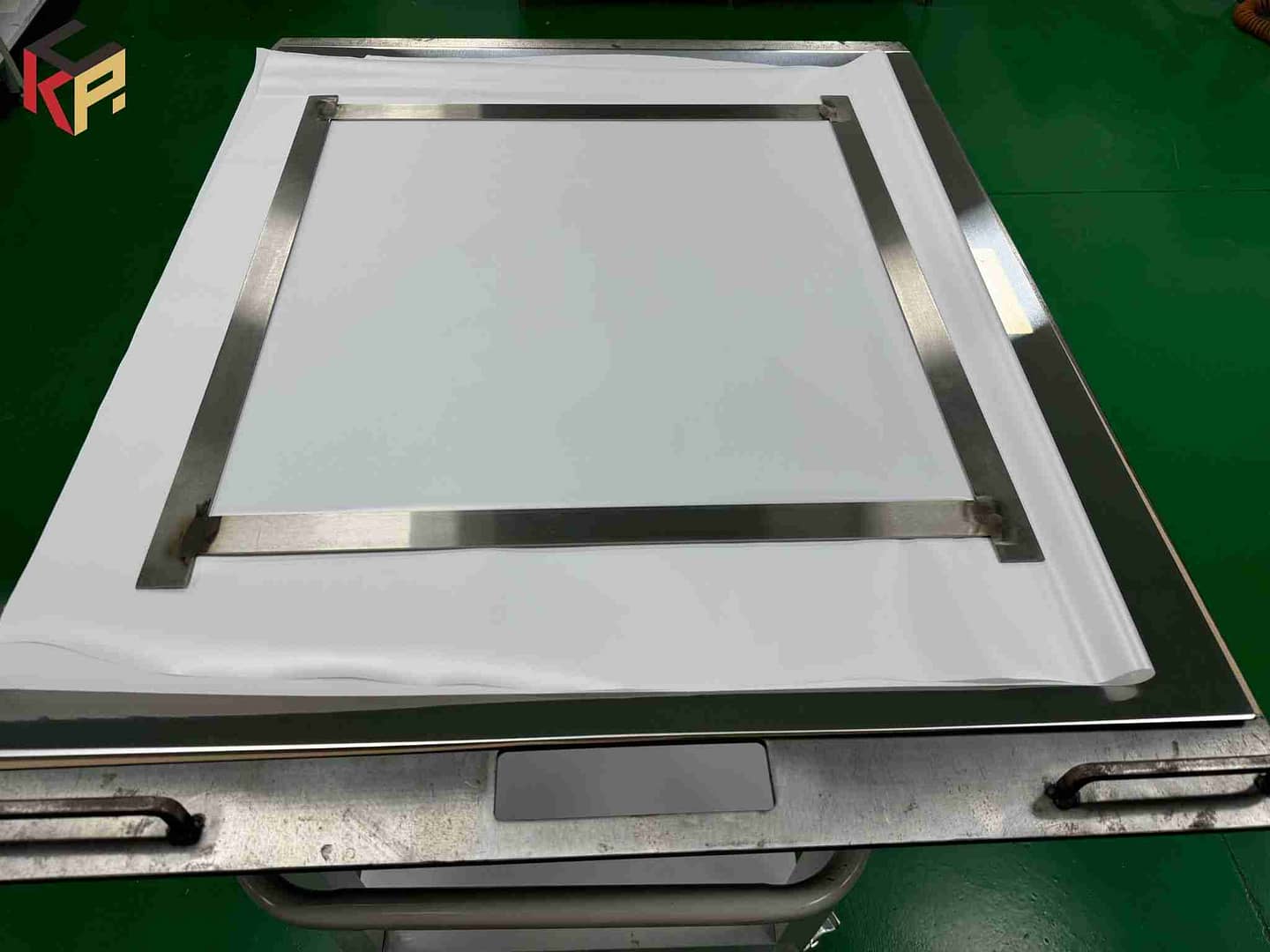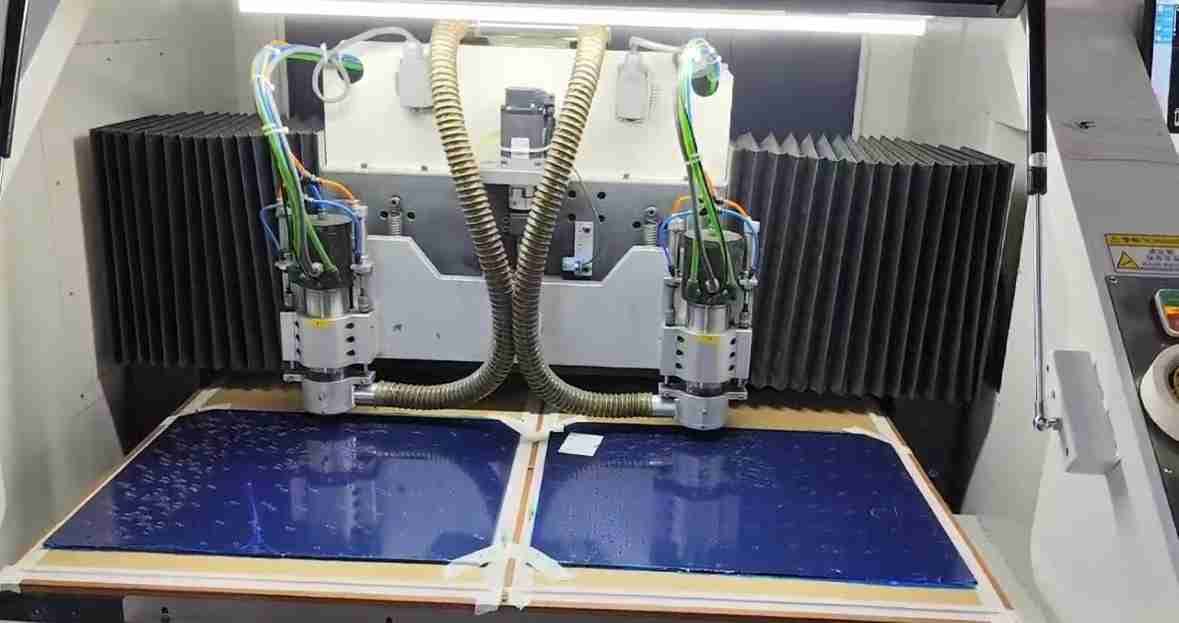Aiming to minimize thermal warping in assemblies carbon fiber tubes designed for precision camera rigs?

Renowned for top-tier strength per unit weight, carbon fiber tubes excel in demanding roles requiring robustness and lighter builds
Constructed by bonding carbon fiber reinforcements into a cured resin matrix, the tubes become a high-performance composite
Precisely oriented carbon fibers deliver excellent tensile capacity and rigidity, and a low-mass resin reduces overall weight
This fusion of mechanical advantages supports designing components that are solid in performance and low in weight
The deployment of carbon fiber tubes ranges from aircraft and automobiles to sporting goods and medical apparatus
In aircraft structures these tubes help produce lighter fuselage sections and wings, improving fuel economy and flight performance
Automotive use includes suspension elements and chassis stiffeners made from carbon fiber tubes to improve handling and decrease vehicle mass
High-precision carbon fiber square tubes designed for superior structural integrity
In applications demanding low mass and strong structural behavior, carbon fiber square tubes are increasingly favored by engineers
The precision manufacturing yields components with excellent mechanical behavior and adaptable design potential for many uses
By bonding engineered carbon fiber patterns with resin, these square tubes become resistant to both compression and tensile stress
The inherent rigidity of square carbon fiber tubes supports dependable performance in structural integrity applications
Used in aviation parts, automotive chassis, and advanced sporting goods, square carbon fiber tubes perform reliably in demanding environments
Besides strength benefits, the reduced weight helps increase fuel efficiency and overall system performance
- Moreover, exact dimensional control allows easy assembly integration and minimizes the need for modification during production
- So, square carbon fiber tubes are now central to industries seeking innovative, efficient, high-performance solutions
Bespoke rectangular carbon fiber tubes engineered for peak functional efficiency
With exceptional strength relative to weight and notable stiffness, carbon fiber meets the needs of high-demand applications
Rectangular and prismatic carbon fiber tube forms are especially effective because their shapes are optimized for strength and stiffness
Custom-designed rectangular carbon fiber tubes ensure specified structural robustness and precise mechanical capacity
For aerospace components, sporting gear or industrial applications, suppliers can deliver precisely engineered rectangular carbon fiber tubes
Flexible fabrication options encourage inventive solutions that maximize system performance and operational functionality
Carbon fiber plate solutions delivering exceptional stiffness and resistance to impact
The plates’ notable stiffness makes them appropriate where high load capacity is required
Formed by embedding carbon fibers into a cured resin matrix, plates demonstrate excellent anti-bending and deformation properties
The plates’ impact toughness originates from carbon fibers that absorb significant energy during impact without breaking
Advanced carbon fiber composite pairings of tubes and plates delivering high performance
CFRP tubes and plates are leading choices in advanced materials for their notable mechanical performance and light weight
Carbon fiber composites’ low mass and high strength make them versatile for aerospace, automotive, sporting and specialized product applications
Advanced fabrication permits shaping these materials into detailed parts while preserving mechanical stiffness and durability
Manufacturing progress continues to lower costs and scale production, expanding availability to more industries
Carbon fiber components provide notable benefits over legacy materials, offering greater strength at lower weight
Their resistance to corrosion, fatigue and degradation extends service life and reliability in harsh environments
The unique performance of carbon fiber composites advances material science and shapes emerging engineering solutions
Surveying applications and deployments of carbon fiber tubes and plates
These composite elements are robust and have achieved strong recognition and adoption across diverse industries
The superior strength-to-weight ratio and mechanical characteristics make them suitable for extensive application ranges
Common applications include aerospace, automotive and construction, where they form structural elements that demand high strength and durability
Sporting applications leverage these materials for frames and gear such as bikes and clubs to increase performance and reduce weight
Additionally, medical uses include prosthetic limbs, surgical instruments and orthotics made from carbon fiber composites
Lightweighting strategies using carbon fiber tubes, plates and related components
These composites enable significant mass savings across industries without compromising mechanical performance
Carbon fiber tubes are often chosen for cases demanding high stiffness and minimal weight such as bicycle frames and blade structures
Meanwhile plates supply robustness and stiffness for structural parts in aircraft and spacecraft where load-bearing and dimensional stability matter
Cutting-edge material science expanding carbon fiber capabilities
The material is notable as a breakthrough for delivering remarkable strength and long-term toughness
The material’s properties come from thin carbon filaments bound in a polymer resin, producing a lightweight yet strong composite
Growing aerospace and automotive use reflects the benefits of reduced mass for fuel economy and vehicle/aircraft performance
Automotive adoption of carbon fiber results in lighter, stronger parts that contribute to improved driving dynamics and crashworthiness
Across aerospace and automotive sectors, carbon fiber structures demonstrate wide-ranging adaptability
The composite materials’ favorable strength-to-weight ratios have changed how aerospace and automotive structures are designed
Reduced mass allows manufacturing of high-performance, fuel-efficient and durable vehicles and aircraft
Vehicle designers use carbon fiber for panels, chassis reinforcements and framed components to lower overall weight and improve performance
These carbon fiber components keep extending the limits of modern engineering
These materials have revolutionized industries through their exceptional strength-per-weight performance
Where performance and weight reduction are vital, carbon fiber tubes and plates find wide use across aviation, automotive and medical domains
For aerospace, using carbon fiber enables lower fuel burn and improved aerodynamic characteristics
Likewise in vehicles, carbon fiber reduces weight to improve speed, handling and energy efficiency
- Successful implementation requires knowledge of carbon fiber behavior, fabrication methods and necessary design compromises Proper leveraging of carbon fiber involves understanding its performance attributes, manufacturing constraints and trade-offs in design Proper leveraging of carbon fiber involves understanding its performance attributes, manufacturing constraints and trade-offs in design To harness carbon fiber well carbon fiber plates you must grasp its mechanical behavior, production constraints and relevant design trade-offs
- Carbon fiber tubes and plates are set for ongoing growth and broader application across sectors
- Ongoing research and development will boost their performance characteristics and broaden potential applications
- Therefore, carbon fiber materials will likely assume an ever-growing role in engineering and industrial production
Unlocking peak performance with carbon fiber: a practical guide
Carbon fiber’s exceptional strength-to-weight and stiffness make it a premier choice for enhancing performance across sectors
This guide explores carbon fiber properties, applications and practical integration methods to help you use it effectively
Use cases span automotive, aerospace, sports and electronics where carbon fiber adds meaningful performance advantages
To harness carbon fiber well you must grasp its mechanical behavior, production constraints and relevant design trade-offs
An examination of how these properties translate to real-world applications.